Delta Pilot Spends Year’s Salary to Fly 112 Friends to Hawaii for Epic Retirement Sendoff
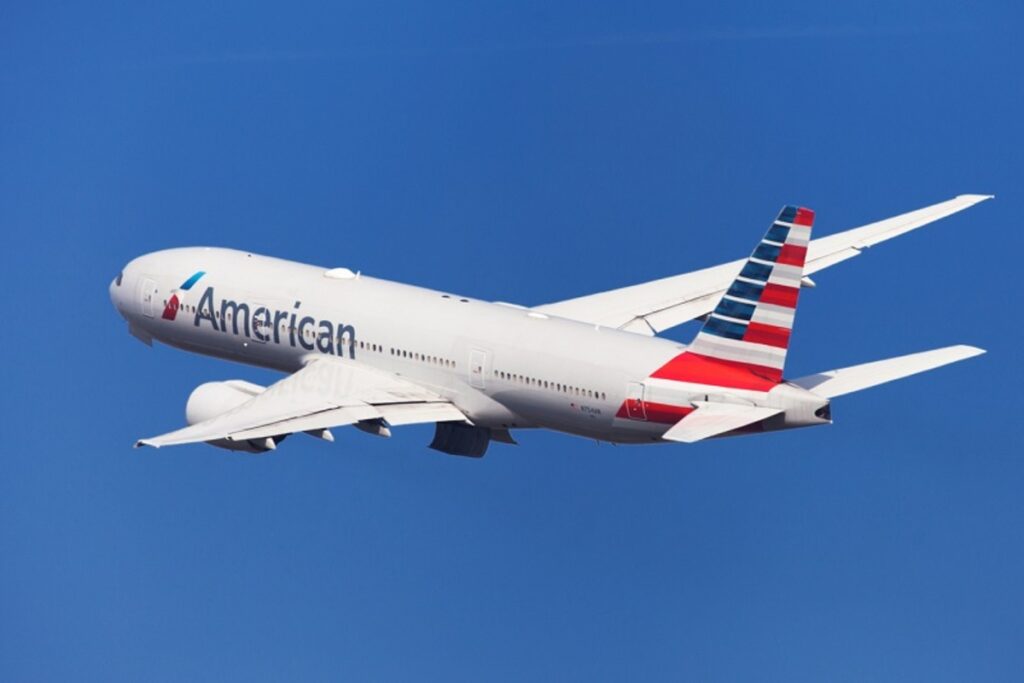
It’s one thing to hang up your uniform. It’s another to take your retirement and write it across the sky.
Most people’s last day at work is marked by cake in the break room or a farewell email buried in inboxes. For Captain Keith Rosenkranz, that wouldn’t do. After 33 years with Delta Air Lines and 30 combat missions in an F-16 before that his goodbye needed to be bigger, louder, and more unforgettable than anything the gate agents had ever called over the intercom.
So he did something no Delta pilot had done before: he spent a year’s salary to charter a widebody Airbus A330-900neo, hand-picked 112 friends from every chapter of his life, and took them on a whirlwind 24-hour adventure to Hawaii. Not just as passengers, but as part of his final flight as captain.
This was more than a retirement trip. It was a salute to friendship, a nod to the traditions of “fini flights,” and a defiant answer to the pandemic-stolen farewells of so many pilots. It was a story stitched together by water cannon salutes, a yellow Hawaiian shirt from 1977, and a final wing dip over the high school where his dream began.
And it all started with a boy staring out a window at Los Angeles International Airport, watching silver birds take flight.
From a Window at LAX to the Captain’s Seat
Long before he wore the captain’s stripes, Keith Rosenkranz was just a teenager with his face pressed against the glass of a high school window. That window happened to overlook the north runway at Los Angeles International Airport, and on rainy days, he would watch jetliners disappear into the mist, their engines rumbling through his chest. It wasn’t just a pastime it was a calling. “That was kind of a dream,” he recalled. “I wanted to do that one day.”
That dream took flight in uniform. After joining the Air Force, Rosenkranz earned his wings as an F-16 fighter pilot, flying 30 combat missions during the Gulf War. His military service wasn’t just about skill and precision it shaped the discipline, camaraderie, and deep respect for aviation that would carry into his civilian career. Those experiences later became the foundation for his memoir, Vipers in the Storm: Diary of a Gulf War Fighter Pilot, which went on to inspire aspiring pilots around the world.
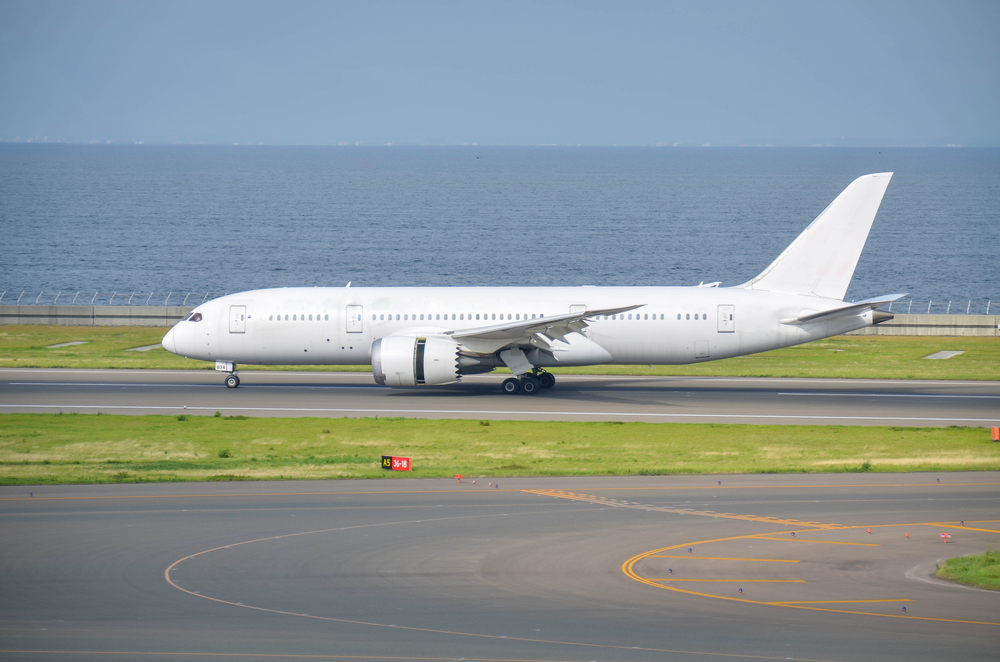
In 1991, Rosenkranz traded the desert skies for the commercial airways, starting at Delta Air Lines as a Boeing 727 flight engineer. Over the next three decades, he moved through the ranks, mastering the 757, 767, A320, and eventually the A330, where he would finish his career. His logbook became a passport of stories Moscow in winter, the neon buzz of Tokyo, sunsets over South America and every trip was, in his words, “a window seat the entire time.”
Yet even as he soared over oceans and continents, he never forgot those early days at LAX. Whenever his route took him out of Los Angeles, he would dip the plane’s wing toward his old high school. Somewhere, he imagined, there might be another young dreamer staring out of that same window, feeling the same pull toward the skies.
For Rosenkranz, flying wasn’t just a job. “I haven’t worked since 1983,” he liked to tell schoolkids during career talks. “Back then, I was bagging groceries at Safeway. Ever since, I’ve been getting paid to fly jets.”
It was that same passion and the gratitude for the people who’d shared the journey that fueled the idea for a final flight unlike any other.
An Idea Born from the Pandemic’s Lost Goodbyes
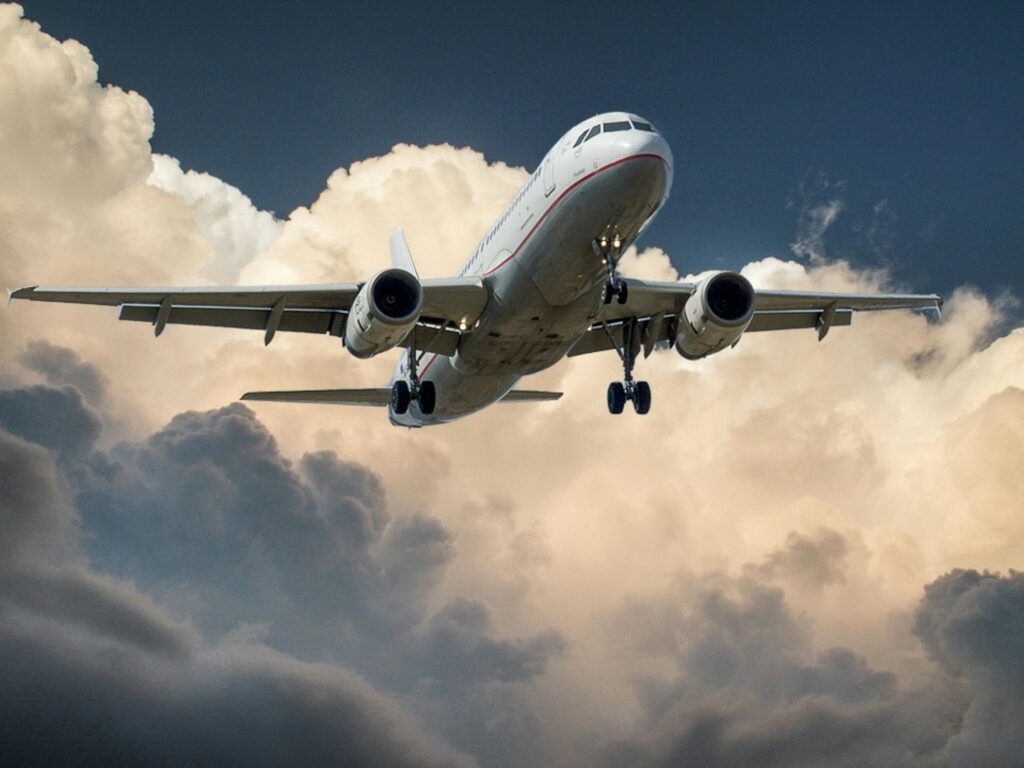
In aviation, the “fini flight” is more than just a final trip it’s a rite of passage. The tradition traces back to the military, where a retiring pilot’s last mission might end with a water cannon salute or even a ceremonial hose-down from their squadron. Airlines have their own version: a hand-picked final route, a gate celebration, family members in the cabin. It’s a way to close a chapter with dignity, camaraderie, and joy.
But in 2020, that tradition all but vanished. As COVID-19 grounded fleets and gutted schedules, countless captains saw their careers end with barely a handshake. Rosenkranz watched it happen to friends who had spent decades in the cockpit. One colleague’s sendoff amounted to a quick Orlando turn up in the morning, back by lunch, with only a single ticket for his spouse. No fanfare. No grand goodbye. “I remember thinking, I don’t want to do that,” he said. “I want to fly where I want to fly.”
The idea took root in October 2022. If he couldn’t rewrite the past for those who’d missed their moment, maybe he could create something that honored all of them. He called Delta’s charter department the team usually responsible for ferrying sports teams and VIPs c and floated an unheard-of proposal: a private, widebody “fini flight” to Hawaii, crewed and commanded by one of their own.
The reaction? Curiosity, followed by disbelief. “I’ve never done this before,” the charter director admitted. “Well,” Rosenkranz replied, “I’ll be the first.”
And because he was still an active Delta captain, Rosenkranz negotiated a better rate than the price tags usually attached to corporate charters. His aircraft of choice was the Airbus A330-900neo the jet he’d captained for the past three years and not just any A330, but the one painted in the special “Team USA” livery. The symbolism was fitting: a final flight that felt like a victory lap, not just for him, but for every pilot whose goodbye had been stolen by the pandemic.
It would take more than a year of planning, careful coordination, and no small financial commitment. But Rosenkranz had already decided if this was the way his career ended, it would end at full throttle.
Planning the Ultimate Retirement Flight
Pulling off a trip like this wasn’t as simple as booking a few airline tickets. It was a full-scale operation — a privately chartered widebody jet, multiple crews, ground transportation, and enough logistical detail to rival a small military mission.
First came the guest list. Rosenkranz wanted this to be more than a personal farewell it was a tribute to every chapter of his life. He hand-picked 112 people, not because that was all the A330 could carry (its capacity is 281), but because two charter buses in Hawaii could seat exactly 56 passengers each. The invitees ranged from childhood friends and college roommates to Air Force wingmen, Delta colleagues, neighbors from Texas, and, most meaningfully, fellow captains whose own retirement flights had been erased by the pandemic.
The route was just as deliberate. On February 27, 2024, Delta flight 8871 would depart Dallas/Fort Worth for Los Angeles a sentimental stop that allowed Rosenkranz to receive a rare LAX water cannon salute, only the second in nearly a decade due to the city’s water restrictions. From there, the “Team USA” Airbus A330-900neo would cross the Pacific to Kona, Hawaii, touching down in the early afternoon. The next morning, flight 8872 would retrace the path back to Dallas, with Los Angeles again as the midway point.
Regulations meant four pilots were required no single crew can legally operate both a domestic and an oceanic leg in the same day. Rosenkranz assembled his cockpit team with intention: friends from throughout his Delta career, including one he’d known since their teenage days working as box boys at Safeway. They would share the work, but the captain reserved both ocean crossings for himself his final two flights in command.
Every detail was infused with personal touches. When Rosenkranz and his wife, Colette, arrived at the Dallas gate, the area was decorated with photos and mementos from his career. Hugs and applause met them at each stop 50 friends waiting in Dallas, 60 more in Los Angeles. The journey itself became a celebration at 35,000 feet: laughter over the PA, shared memories in the aisles, and the subtle joy of being in a cabin only half full, with plenty of space to move and mingle.
It wasn’t cheap Rosenkranz described it as “a good year’s salary” but he didn’t see it as a cost. It was an investment in moments that could never be replicated. As he put it, “You can’t put a price on taking all your family and friends on a whirlwind journey. I’d do it again a hundred times and never look back.”
Hawaii: Celebration, Memories, and Vows
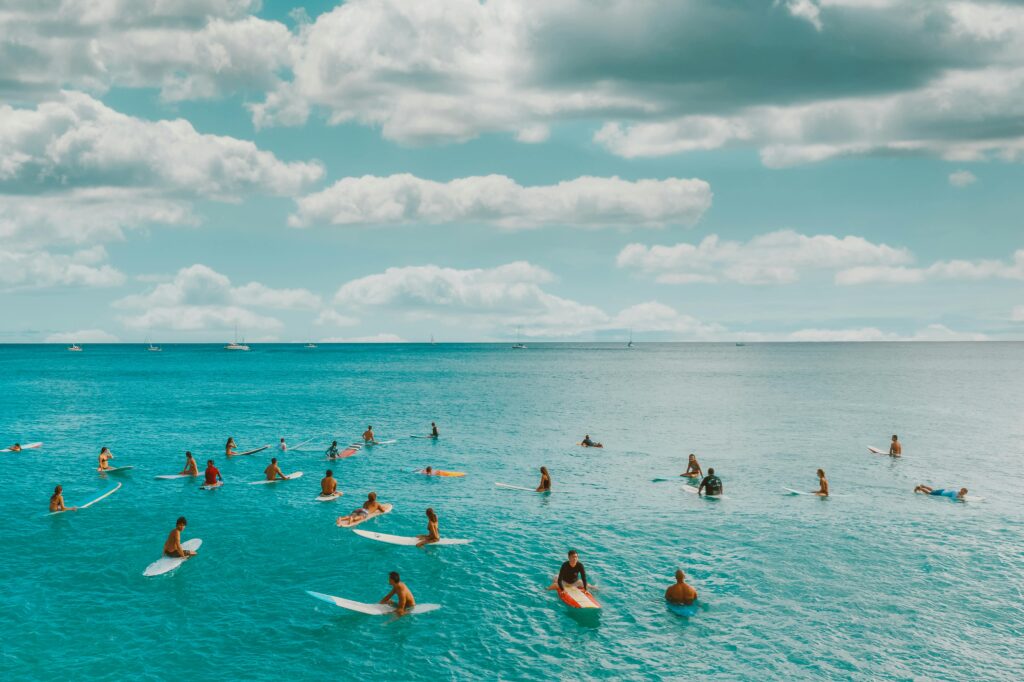
When the “Team USA” A330-900neo descended through the clouds into Kona, the island greeted Rosenkranz and his entourage with the kind of welcome most travelers only dream about. After taxiing to the gate, the aircraft rolled under a shimmering arch of water one of three water cannon salutes the trip would receive and passengers stepped out into the warm Pacific air, the scent of plumeria drifting on the breeze.
Rosenkranz had thought of everything. Two buses whisked the group from the airport to the Hilton resort, where the only cost to guests was their overnight stay. The rest the transportation, the flight, the arrangements had been his gift. That evening, the celebration took the form of a classic Hawaiian luau: tiki torches flickering against the night sky, the rhythmic pulse of drums, and tables of guests swapping stories from decades past.
But the night held one more surprise. Nearly 42 years earlier, on August 22, 1977, Rosenkranz had met Colette, the woman who would become his wife. On that day, he’d been wearing a bright yellow Hawaiian shirt. The friend who had introduced them and witnessed the moment that changed his life was among the passengers on this trip. Before the gathered crowd, Rosenkranz called her up, producing the very same shirt, kept all these years. He slipped it on in place of the one he was wearing, then invited Colette to join him.
There, under the Hawaiian stars, the captain and his first mate renewed their vows. Guests erupted in applause, some wiping away tears as the two exchanged words that spoke not only of a marriage, but of a shared journey through decades of deployments, layovers, and life at cruising altitude.
The Man Beyond the Uniform
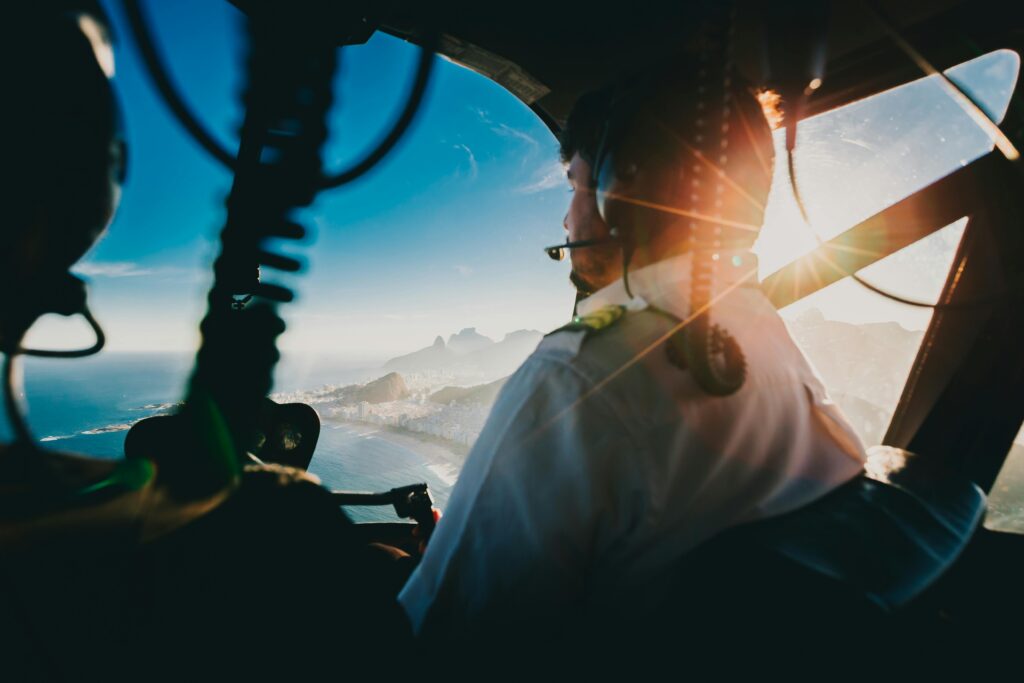
For all the headlines about chartering an Airbus and spending a year’s salary, the heart of this story isn’t about extravagance it’s about the way Rosenkranz has lived his life. Flying was never just a paycheck to him; it was a passion he pursued with the same enthusiasm at the end of his career as he had on his very first solo flight. “I haven’t worked since 1983,” he liked to joke, because once he left his job bagging groceries at Safeway, every day in the cockpit felt like a privilege, not labor.
His career spanned continents, but it also touched lives in quieter ways. After publishing Vipers in the Storm, he began receiving letters from readers some from schoolchildren, others from aspiring military pilots who saw themselves in his story. Many simply wanted advice; a few, like one young man named Isaac, went on to join the Air Force and even fly in the same squadron as Rosenkranz before eventually piloting a Delta A320 alongside him.
Even in retirement, his sense of mentorship and camaraderie endures. The charter flight wasn’t just a farewell for him it was a way to give fellow pilots the sendoff they’d missed during the pandemic, to show them that their years of service mattered. His guest list reflected a lifetime of relationships built not only through shared work, but through shared values: loyalty, generosity, and the belief that moments are worth more than money.
A Farewell That Points Forward
Keith Rosenkranz’s final journey as a Delta captain wasn’t just a grand farewell it was a masterclass in how to live. It showed that the most meaningful celebrations aren’t about luxury for its own sake, but about the people you choose to share them with. In the end, the aircraft, the cost, and even the destination were just the stage; the real story was about connection, gratitude, and the courage to do something unforgettable while you still can.
Not all of us can charter a widebody jet or circle the globe, but all of us can create moments that matter. We can reach out to the friends who shaped our lives, honor the people who helped us along the way, and leave behind a legacy measured not in possessions, but in stories others will tell long after we’re gone.
Somewhere over Los Angeles, Rosenkranz dipped the wing of his A330 toward the high school where a teenage boy once watched planes and dreamed. Maybe another young soul was at that window, eyes fixed on the sky, feeling the first spark of a lifetime calling. His last gesture as captain was also his first gift to the next dreamer: a reminder that the runway to your future is already out there, waiting and that when the time comes, you should take off without hesitation.
Loading...

